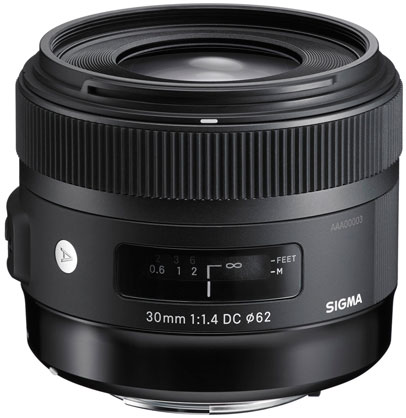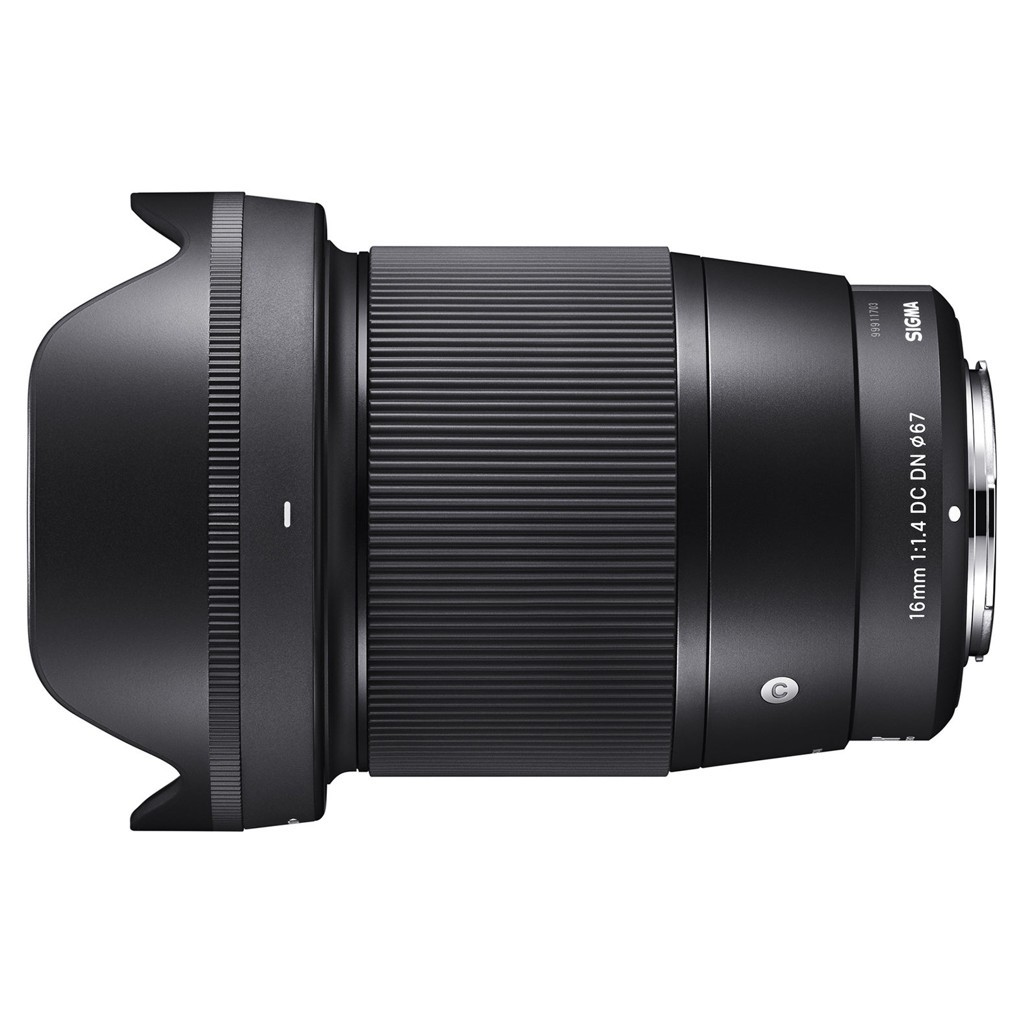
Other aspects you’ll want to pay attention to are the number of aperture blades (the more blades, the rounder the aperture) and the sharpness (something sharp but not too sharp as you don’t want to emphasise imperfections of the skin).Ī final factor to consider is that while Panasonic and Olympus lenses are fully cross-compatible, some older Olympus lenses are slower on Panasonic bodies with the DFD autofocus system and can occasionally mis-focus. 25mm or similar: a normal/standard lens for full-body shots, environmental portraits or when working in tight spaces.60mm or similar: a mid-telephoto lens for head-shots or outdoor work in large spaces.This combination is also good for full-body shots and produces good subject separation. 42.5mm or similar: a short telephoto lens for your classic head-and-shoulder shots.
#SIGMA 30MM 1.4 MICRO FOUR THIRDS FULL#
To have the same field of view on Micro Four Thirds, you need to halve the focal length (so for example, 100mm on full frame = 50mm on m4/3).įor this article, we’ve selected three categories for your Panasonic or Olympus camera:

We often refer to portrait lenses by using the 35mm format (or full-frame) equivalent, and in this case the most popular choices for portraits include 85mm, 100/105mm or even 135mm and 200mm lenses. Then there is the focal length to consider. The larger aperture will give you more room to play with shallow depth of field in comparison to any zoom.

So what’s a good alternative to the kit lens if you own a Micro Four Thirds camera and want to get into portrait photography? Well, the best choice is a prime lens with a fast aperture (f/1.8, f/1.4 or even faster). These slow values are not enough to achieve that smooth and creamy background blur portrait photographers crave.

Although some might be sufficiently long on the telephoto end, zooming in will automatically cause the lens to stop itself down to f/5.6 or f/6.3. Portrait photography is one of those genres for which kit lenses aren’t particularly well-suited. Once you become serious about a specific genre however, the kit zoom on its own is no longer enough due to the generally inferior optical quality and slower aperture range. When most people buy their first Micro Four Thirds camera – or any digital camera for that matter – they normally begin by using the kit zoom included in the box.


 0 kommentar(er)
0 kommentar(er)
